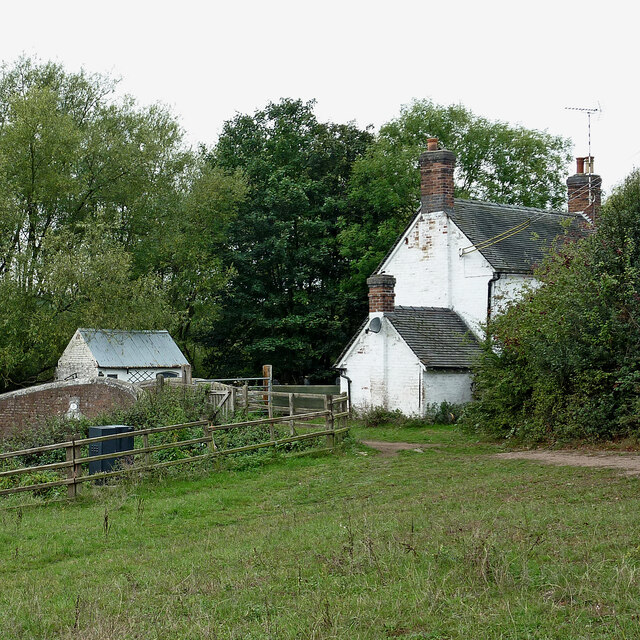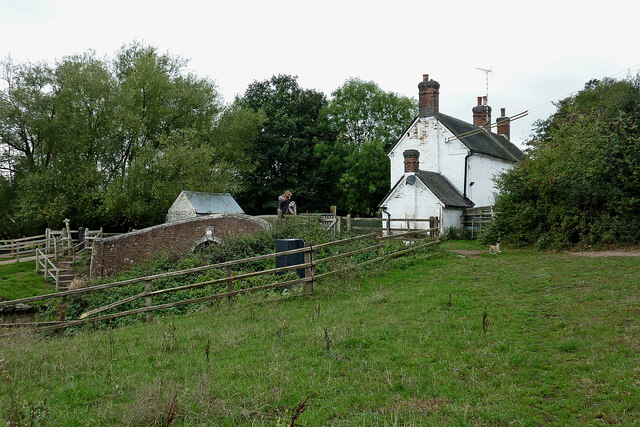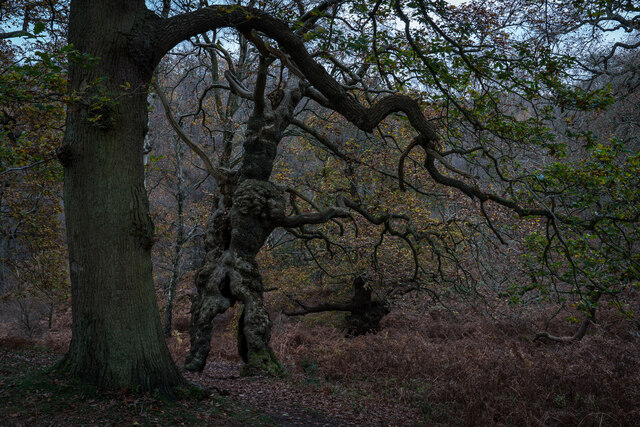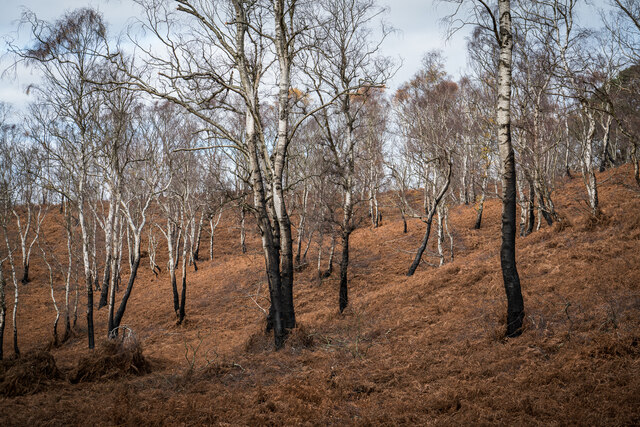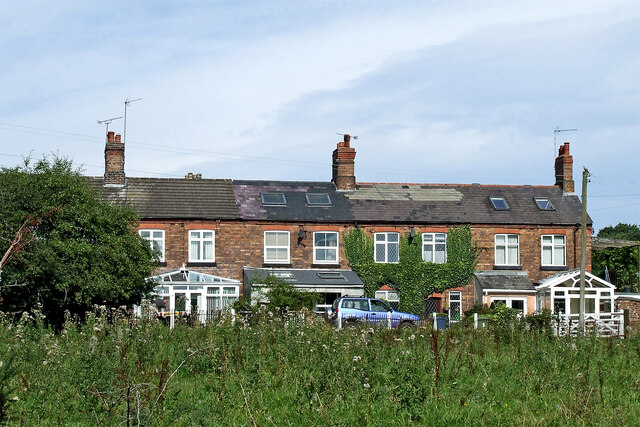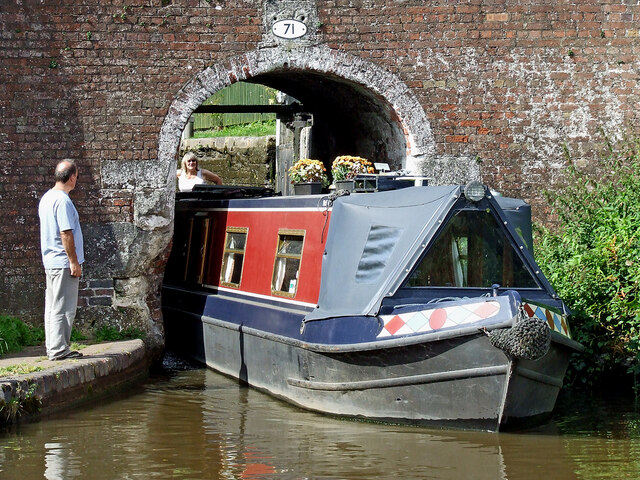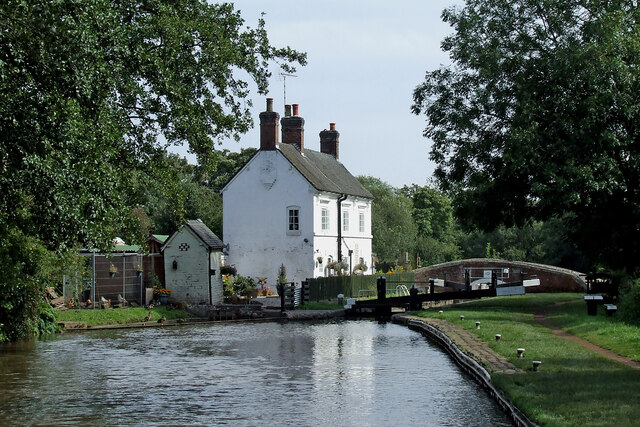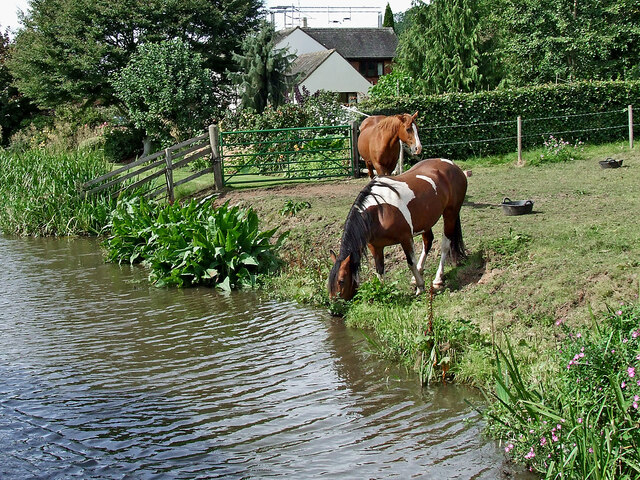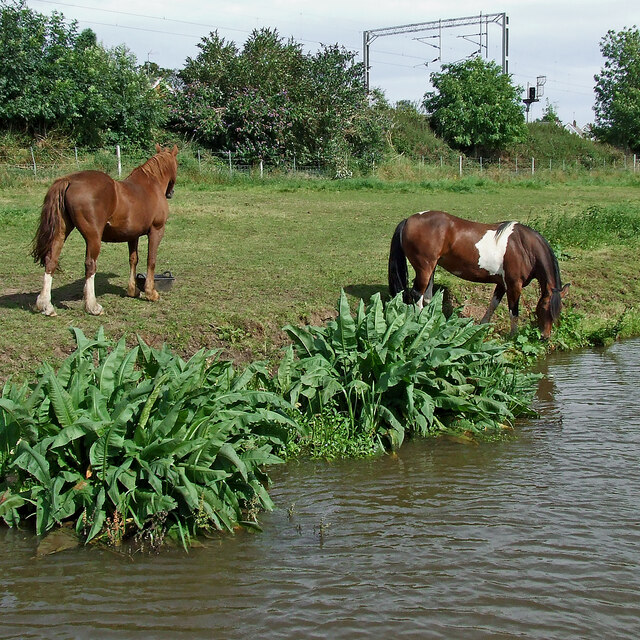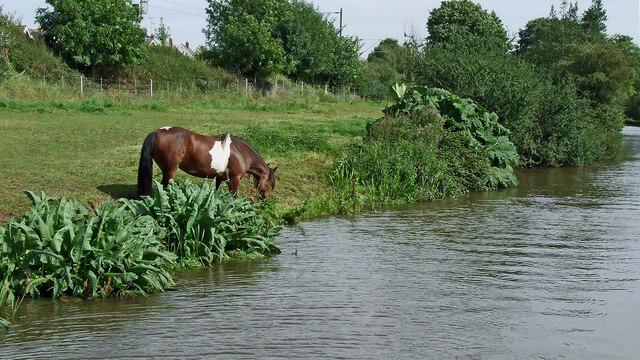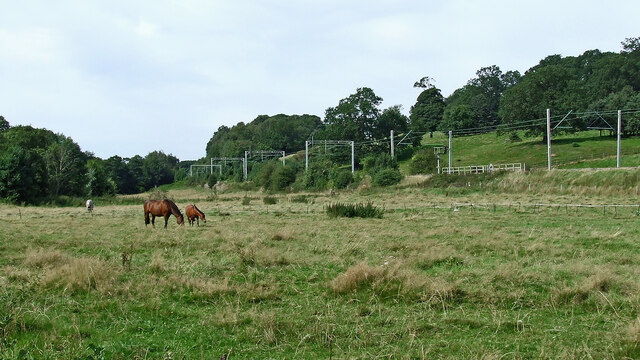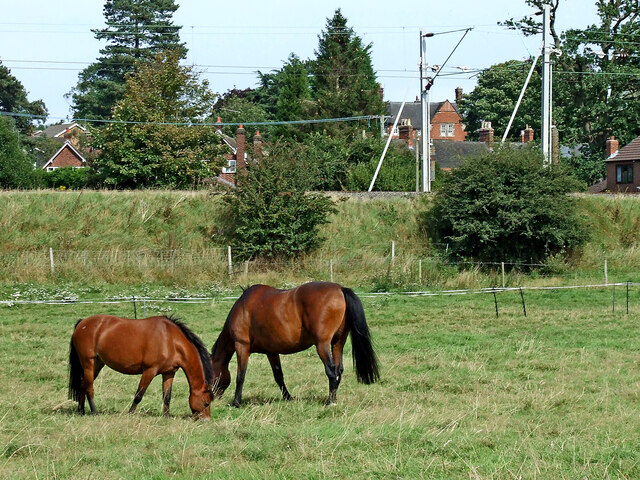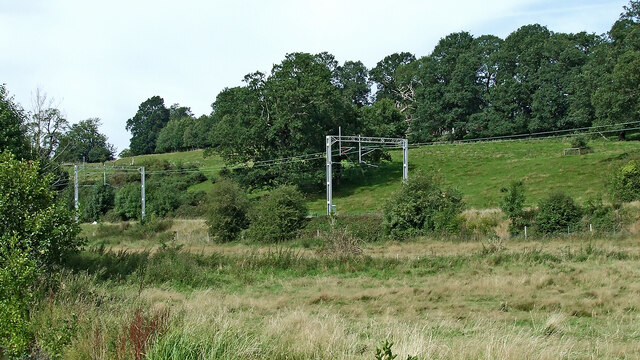Coalpit Lane Covert
Wood, Forest in Staffordshire Stafford
England
Coalpit Lane Covert
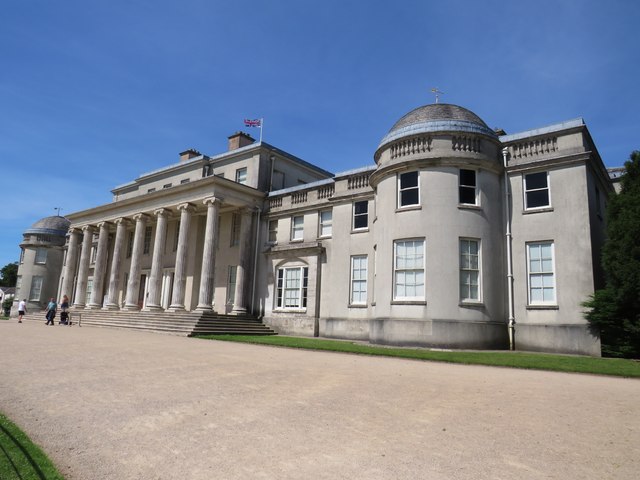
Coalpit Lane Covert is a woodland located in Staffordshire, England. It is situated near the village of Wood, within the county's expansive forested region. The covert covers an area of approximately 20 acres, making it a relatively small woodland in comparison to some of the larger forests in Staffordshire.
The woodland is predominantly composed of a mixture of broadleaf trees, including oak, birch, and beech. These trees create a dense canopy, providing ample shade and shelter for a variety of wildlife. The woodland floor is covered with a layer of leaf litter, creating a natural habitat for small mammals, such as hedgehogs and voles.
Coalpit Lane Covert is intersected by a network of footpaths, allowing visitors to explore the woodland at their leisure. These paths wind through the trees, providing opportunities for walkers and nature enthusiasts to observe the diverse flora and fauna that inhabit the area.
The woodland is also home to a range of bird species, including woodpeckers, owls, and songbirds. Their melodic calls can often be heard throughout the day, adding to the tranquil atmosphere of the covert.
Overall, Coalpit Lane Covert is a charming woodland retreat, offering a peaceful escape from the hustle and bustle of urban life. Its diverse ecosystem, picturesque scenery, and accessible footpaths make it an ideal destination for nature lovers and outdoor enthusiasts alike.
If you have any feedback on the listing, please let us know in the comments section below.
Coalpit Lane Covert Images
Images are sourced within 2km of 52.783455/-2.00958 or Grid Reference SJ9920. Thanks to Geograph Open Source API. All images are credited.

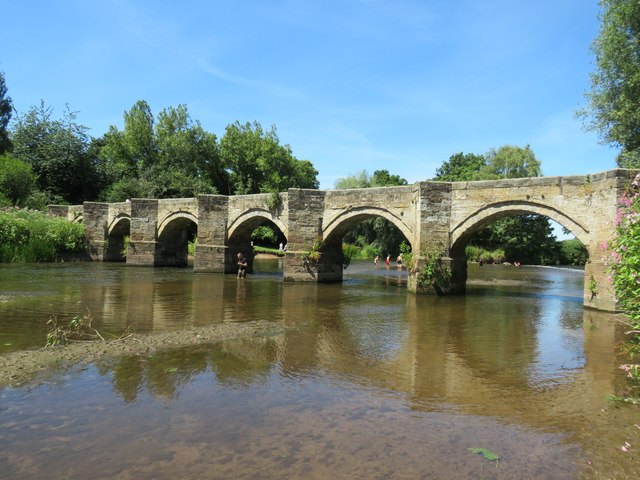
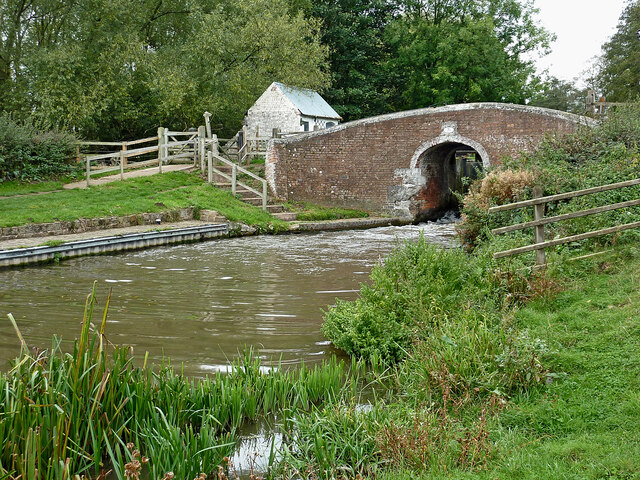
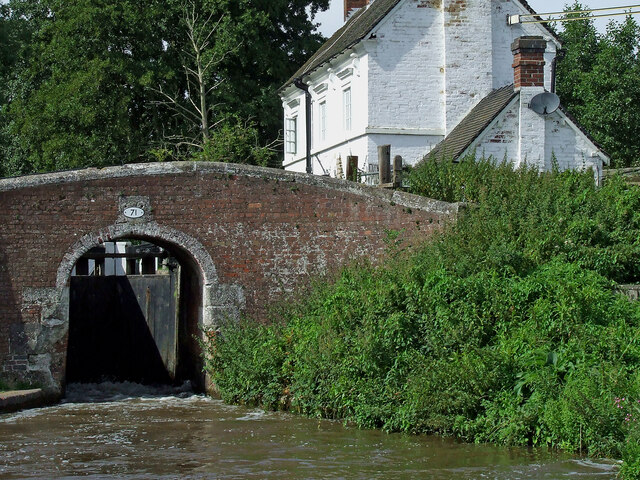
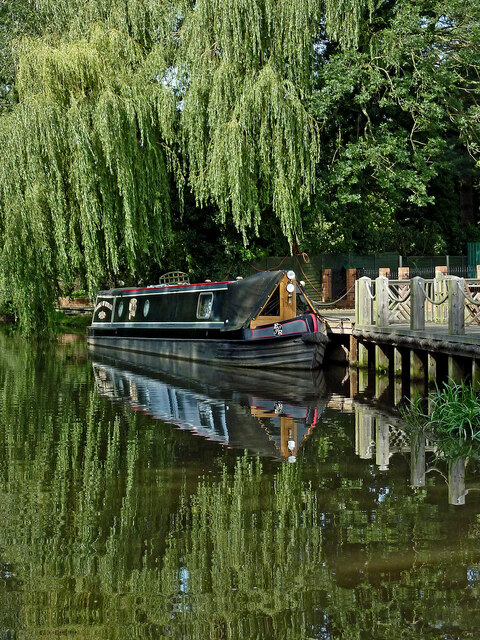
Coalpit Lane Covert is located at Grid Ref: SJ9920 (Lat: 52.783455, Lng: -2.00958)
Administrative County: Staffordshire
District: Stafford
Police Authority: Staffordshire
What 3 Words
///burglars.lamplight.defectors. Near Colwich, Staffordshire
Nearby Locations
Related Wikis
Little Haywood
Little Haywood is a village in Staffordshire, England. For population details as taken at the 2011 census see under Colwich. It lies beside a main arterial...
St Mary's Abbey, Colwich
Saint Mary's Abbey in Colwich, Staffordshire was a monastery of Roman Catholic nuns of the English Benedictine Congregation, founded in 1623 at Cambrai...
Colwich rail crash
The Colwich rail crash occurred on the evening of Friday 19 September 1986 at Colwich Junction, Staffordshire, England. It was significant in that it...
Shugborough Tunnel
The Shugborough Tunnel is a 777-yard (710 m) railway tunnel on the Trent Valley line running under part of the Shugborough Estate in Colwich, Staffordshire...
Colwich railway station
Colwich railway station is a disused railway station in Colwich, Staffordshire, England. The former station is adjacent to Colwich Junction, where the...
Staffordshire County Museum
Staffordshire County Museum is housed in the Servants' Quarters of Shugborough Hall, Milford, near Stafford, Staffordshire, England. The museum features...
Shugborough Hall
Shugborough Hall is a stately home near Great Haywood, Staffordshire, England. The hall is situated on the edge of Cannock Chase, about 5.8 miles (9.3...
Essex Bridge, Staffordshire
Essex Bridge (grid reference SJ995225) is a Grade I listed packhorse bridge over the River Trent near Great Haywood, Staffordshire, England. Spanning the...
Nearby Amenities
Located within 500m of 52.783455,-2.00958Have you been to Coalpit Lane Covert?
Leave your review of Coalpit Lane Covert below (or comments, questions and feedback).
